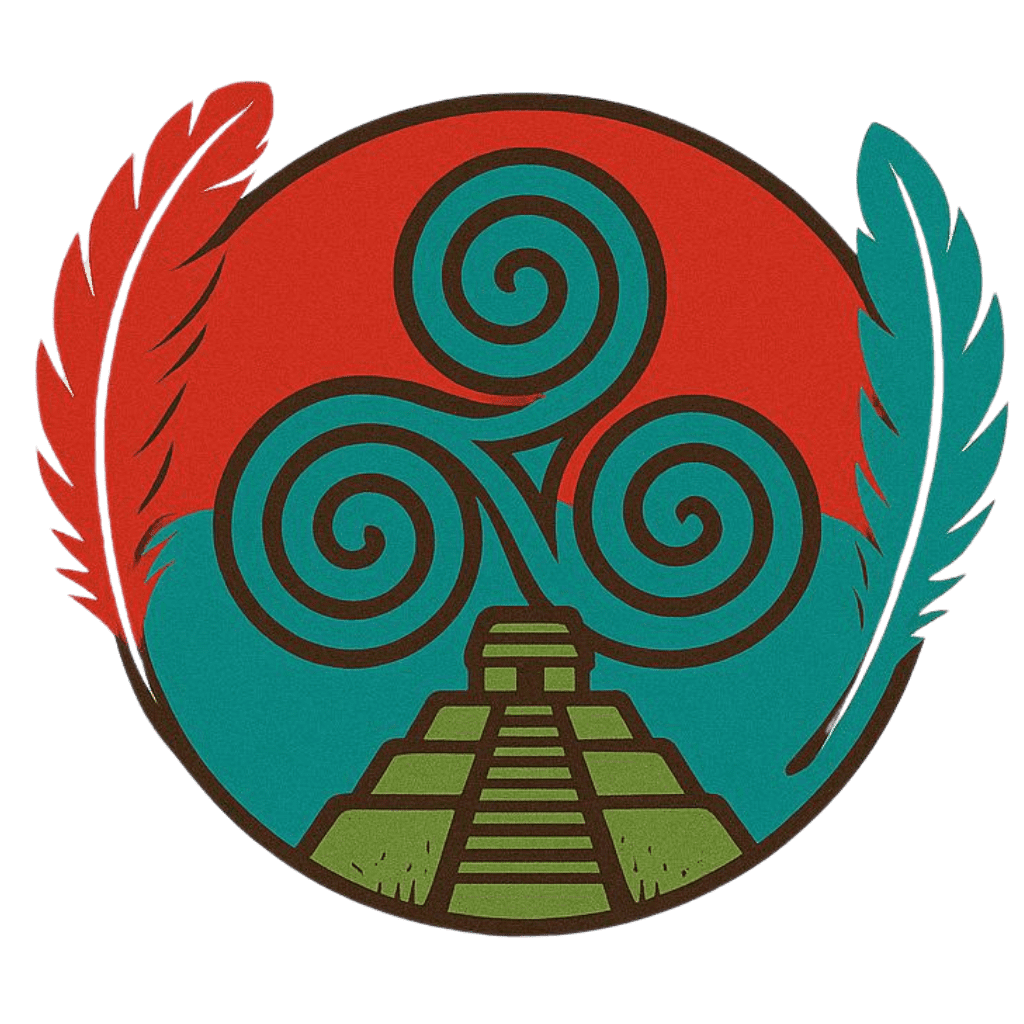The Indigenous People Of St. Vincent

The Caribs—also known as Kalinago (their self-name)—are one of the most resilient and misunderstood Indigenous peoples of the Caribbean. Here’s a structured overview of their origins, culture, and historical impact:
⸻
1. Origins and Identity
• Name: Kalinago is the name they call themselves. “Carib” is the European exonym.
• Homeland: They originally occupied much of the Lesser Antilles—from Dominica and Saint Vincent to Grenada and parts of Trinidad.
• Hairouna: Saint Vincent was sacred to the Kalinago; they called it Hairouna, “Land of the Blessed.”
• Mixed Descent: Many Kalinago in Saint Vincent intermarried with shipwrecked or marooned aboriginal groups, creating the Garifuna “Black” Caribs a distinct group with shared language and customs.
⸻
2. Language
• The Kalinago spoke a language related to Arawakan, heavily influenced by contact with other Caribbean nations.
• Though they maintained a distinct Cariban identity, linguistically they were more Arawakan—suggesting a cultural, not purely ethnic, designation.
⸻
3. Society and Culture
• Cassava Cultivation: Like other Arawakan peoples, the Kalinago based their agriculture around cassava.
• Warrior Culture: The Kalinago were renowned for their naval skill, bravery, and use of canoes (some large enough for 50 men).
• Tattooing and Body Paint: They painted themselves with red roucou (achiote), which led Europeans to call them “Red Caribs.”
• Social Roles: Women often handled agriculture and domestic life; men were warriors, sailors, and community protectors.
• Council System: They maintained tribal autonomy but held inter-island councils—especially in times of threat.
⸻
4. Spiritual Beliefs
• The Kalinago had a rich cosmology, honoring nature spirits and ancestral powers.
• They believed in a balance between spirit and land, and their rituals often involved offerings at sacred trees, rivers, and mountains.
⸻
5. Resistance to Colonization
• From Columbus’ time through the 1700s, the Kalinago fiercely resisted colonization.
• Saint Vincent was one of the last strongholds of Kalinago resistance. They welcomed escaped slaves and defied both Spanish and British invaders.
• The British ultimately exiled many Black Caribs to Roatán (Honduras) in 1797 after the Second Carib War.
⸻
6. Modern Survival
• Dominica is home to the last officially recognized Kalinago Territory in the Caribbean.
• Kalinago people continue to revive their language, craft traditions (basket weaving, canoe-making), and oral histories.
• The Garifuna, their Afro-Indigenous descendants, thrive in Central America (Honduras, Belize, Guatemala, Nicaragua) and have been declared a Masterpiece of the Oral and Intangible Heritage of Humanity by UNESCO.
⸻
7. Key Symbols
• Conch Shell: Used to gather councils or alert communities.
• Kalina Drums: Used in rituals, storytelling, and healing ceremonies.
• Roucou (Bixa orellana): Sacred red plant used for protection, medicine, and identity.

